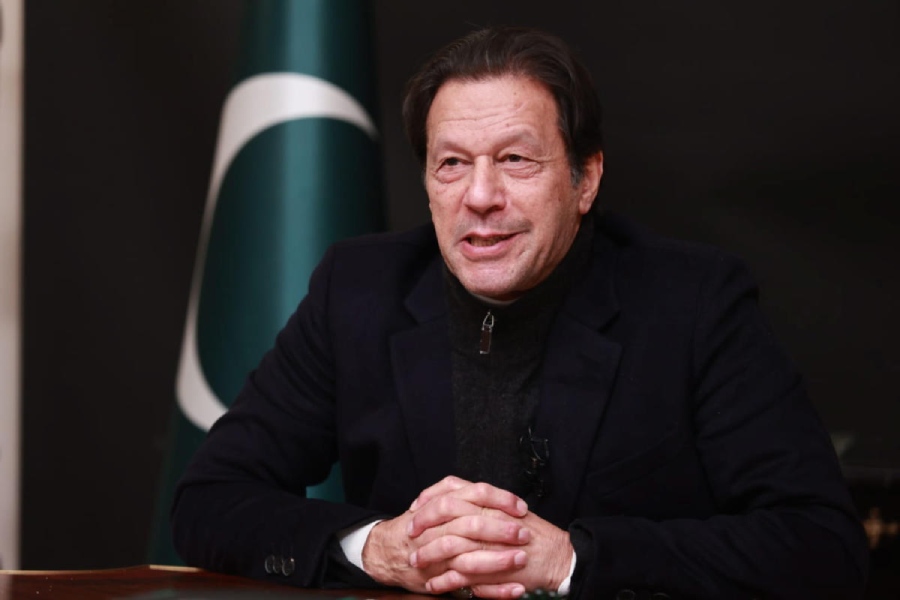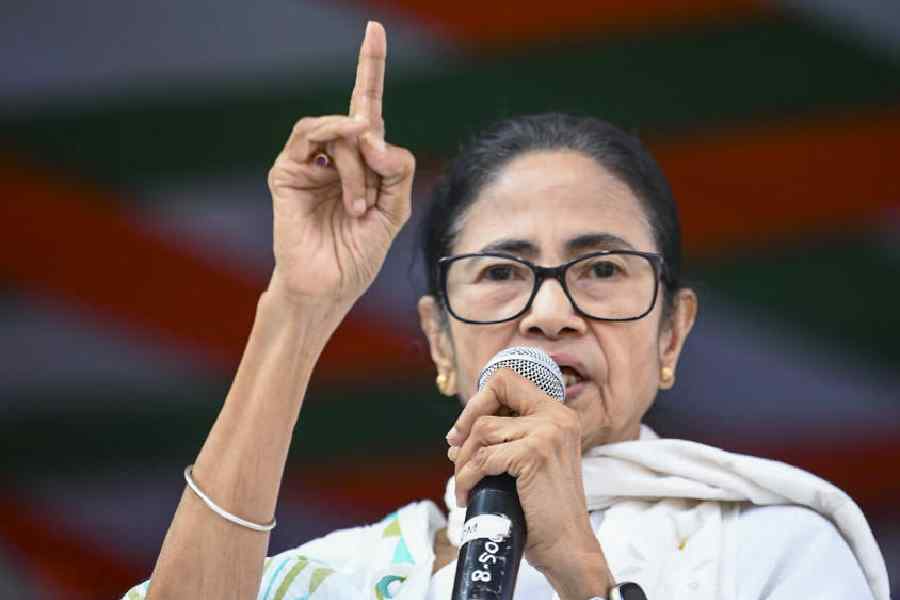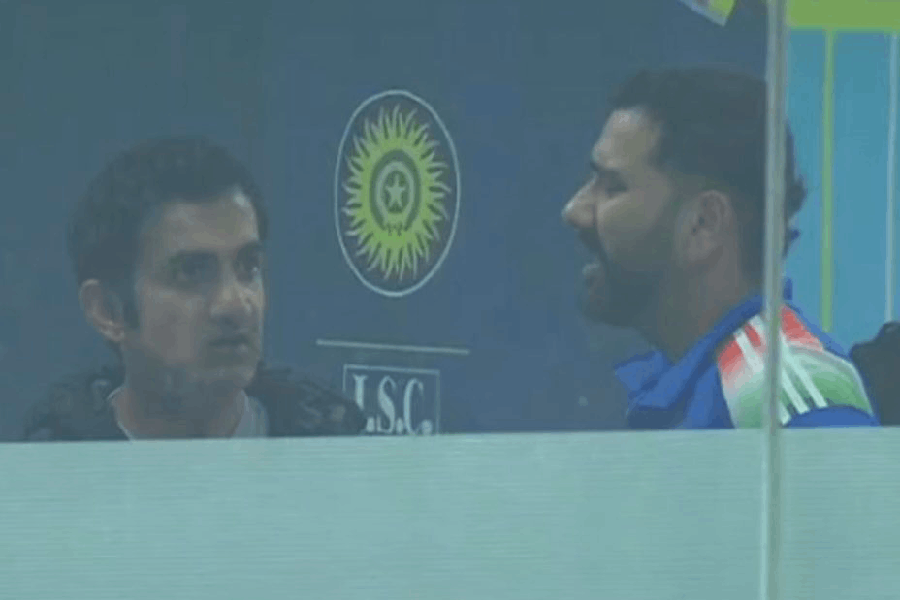Book: THE HINDI HEARTLAND: A STUDY
Author: Ghazala Wahab
Published by: Aleph
Price: Rs 999
In The Hindi Heartland, Ghazala Wahab casts her net wide. She tries to develop the idea of the Hindi belt as a distinct part within India consisting of the states of Uttar Pradesh, Bihar, Madhya Pradesh, Rajasthan, Chhattisgarh, Jharkhand and Uttarakhand. After making a case for why she considers these states consanguineous as well as constitutive of the Hindi belt, she gets into a basic introduction of the society, economy, culture and language of the region. Then she summarises the history of India, mostly of this region, beginning with the arrival of Muslims right up to contemporary times, tracing the relations between Hindus and Muslims over this period.
Wahab’s main argument is that, over time, a strategy of cohabitation developed that can be encapsulated as the Ganga-Jamuni tehzeeb. This continued at some level till 1857, after which the Muslims were greatly emasculated due to the blame for the uprising being mainly laid on their door by the British. The late 19th and early 20th centuries’ conceptions of Indian nationalism mostly excluded them. Finally, through a meandering route, the region came under the influence of the Hindutva of today. Post-1857, competitive politics between Hindu and Muslim communal forces, combined with a soft Hindutva‑adherent Congress, led to the Partition. The next dividing event was the demolition of the Babri Masjid. As of today, the country is facing a deep communal divide, with Muslims bearing the brunt of this division.
The main argument of the book, argued in a more expansive way than necessary, can stand on its own. It tells a plausible story of how we reached here. It leads to the conclusion offered by one commentator that a separate existence of the two communities is the only viable option. Wahab, rather wistfully, yearns for a return to cohabitation. The problem with the book is that after making an attempt to explain the division between the two communities as a result of a long, historical process, it suddenly makes an emotional plea, that too in the final paragraph, about peaceful coexistence.
The Hindi Heartland is a trivia person’s delight, offering illuminating explanations for many episodes in history. However, its size overwhelms the reader. One can also pick up arguments about the author ignoring the differences within the so-called Hindi belt in the pursuit of making the idea of a consanguineous region viable.
There are factual errors as well. Some examples include the day of observance of Hindi diwas, the time of the formation of the Bihar and Mithila Universities. There are also some unnecessary potshots at Maithili’s recognition by the Indian State as well as some snide comments about Hindi literature.











